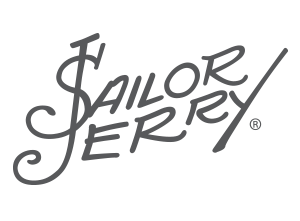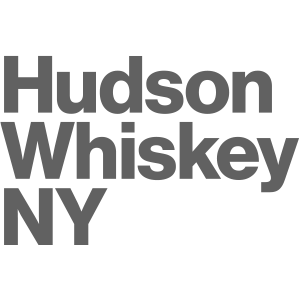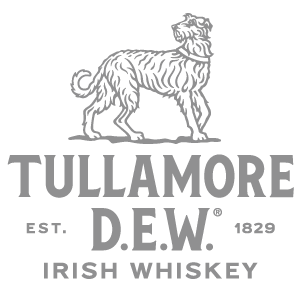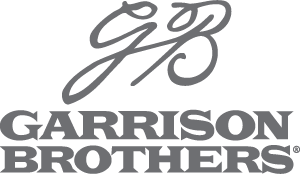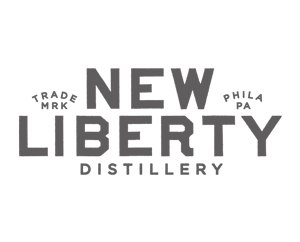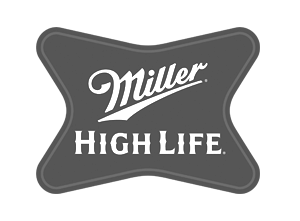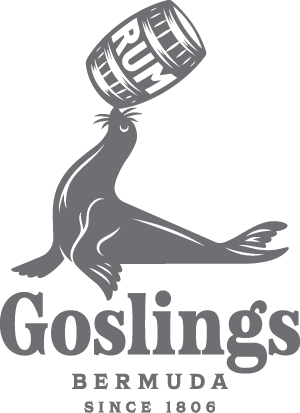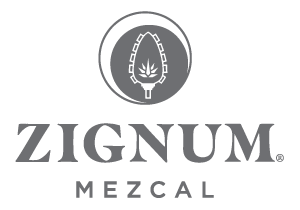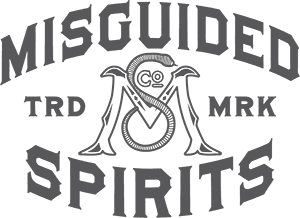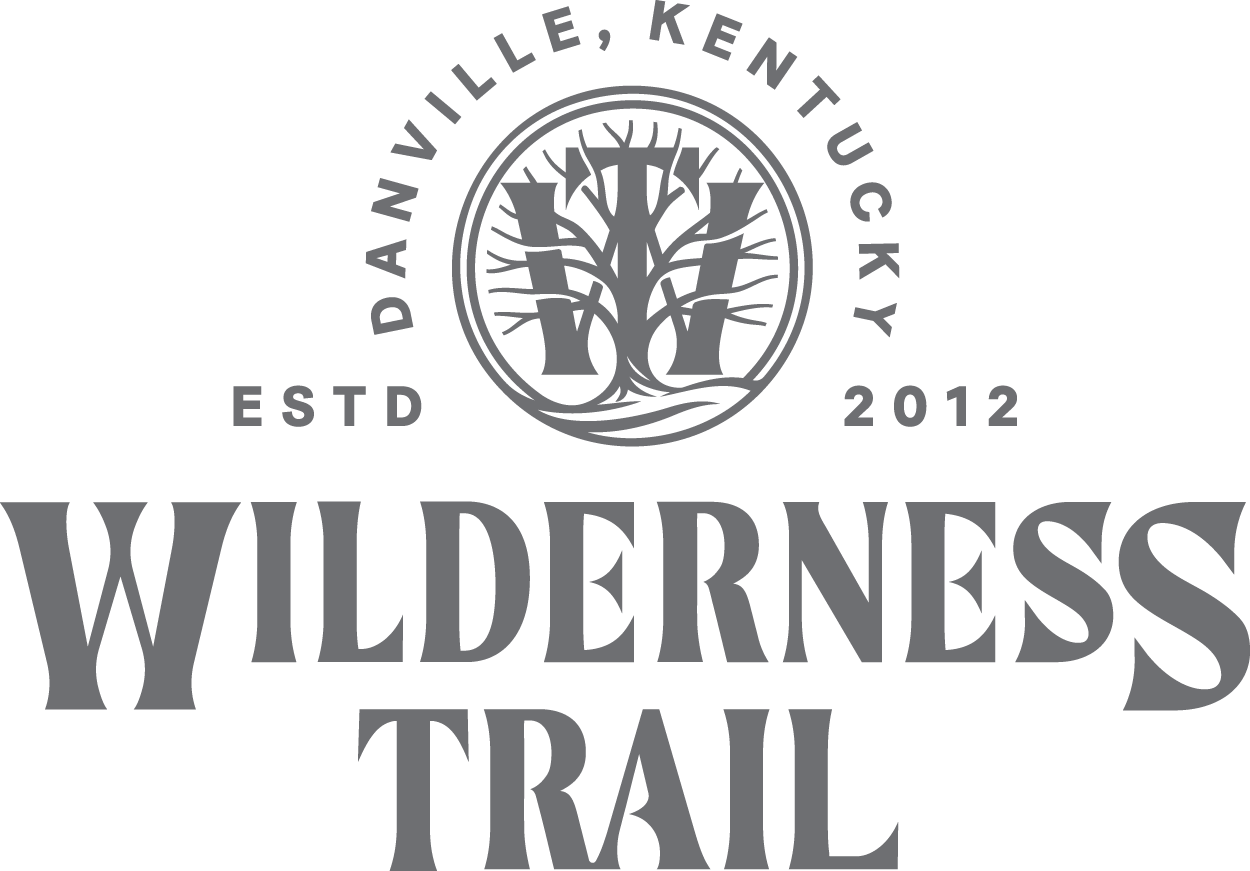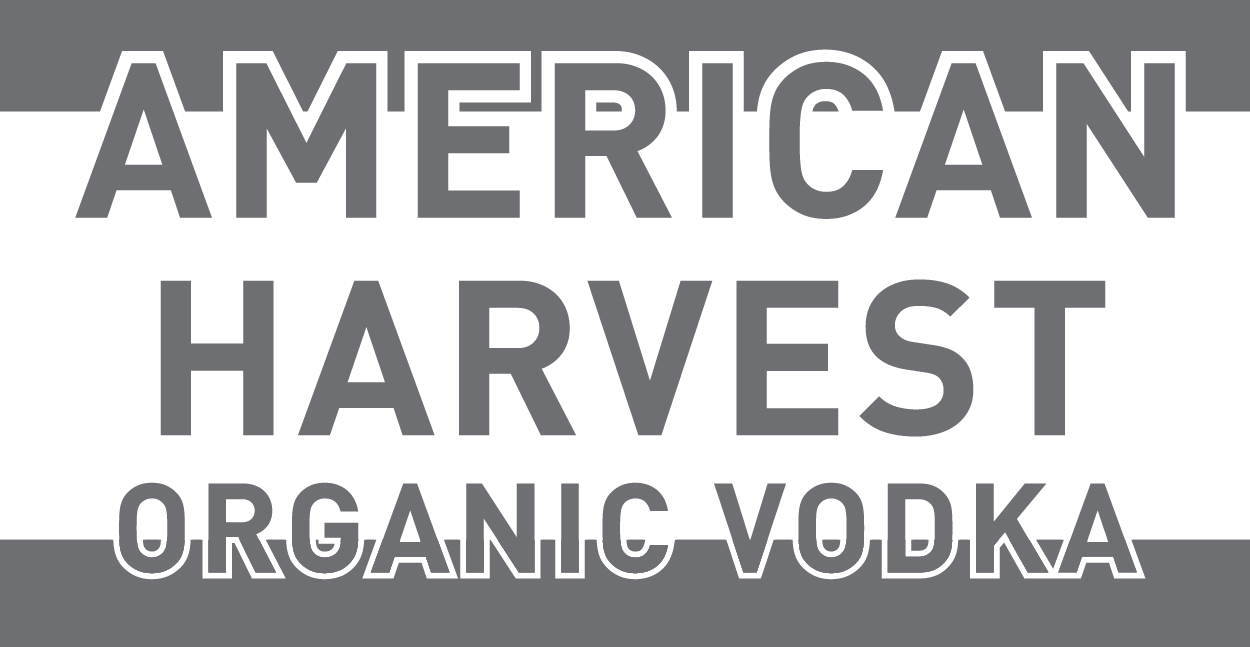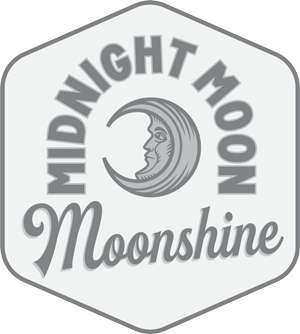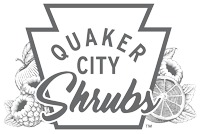Is “Wilderness to Bottle” the New Farm To Table?
In recent years, the locavore movement has become a pretty ubiquitous standard of quality for restaurants everywhere. Whether it’s a restaurant in your home city or one you’re experiencing through travel, “farm to table” isn’t a kitschy concept—it is a valid and meaningful way to experience a destination through food. And now, the spirits world’s answer to “farm to table” has arrived.
Distillers everywhere are introducing craft spirits that are more local and ingredient-driven than ever before. Let’s call it “wilderness to bottle.” The concept is this: a distiller uses hyperlocal ingredients not just to accent a particular spirit, but as the defining feature of the drink. It’s all about eschewing commercially-sourced ingredients in favor of hand-picked or foraged ones. Of course, the careful use of botanicals is far from novel in spirits like gin, but just think—when was the last time you poured yourself a gin and knew it was made with juniper from Oxfordshire, or juniper from British Columbia, or from South Africa? A crop of distilleries are seeking to create just that sense of place.
Take Tamworth Distillery, for example, a tiny operation located in the foothills of the White Mountains in New Hampshire. Founded by spirits industry veteran Steven Grasse, who rose to prominence after creating Hendrick’s Gin in 1999, Tamworth Distillery has become Grasse’s passion project for small-batch, craft distilling (arguably a laboratory of sorts to find the next Hendrick’s). It specializes in foraged ingredient-driven spirits with a strong sense of New England identity, such as: Eau de Musc whiskey flavored with oil from the castor glands of North American beavers; White Mountain Vodka made with local corn, rye, and malt distilled in water from the Ossippee Aquifer; Old Hampshire Applejack, a pseudo-brandy made from 100 percent New Hampshire apples (and currently in talks to become the Granite State’s official state spirit); and Black Trumpet Blueberry Cordial, made from a unique strain of black trumpet mushrooms and blueberries which grow symbiotically just miles from the distillery’s headquarters.
“In the forest, you’re able to get stuff that’s fresh, that hasn’t been commercially dried,” says Matt Power, foraging expert and co-master distiller at Tamworth. “That way, you can distill it in certain ways to highlight certain aspects of that ingredient. Pine resin is a great example, because if we bought it, we would have to buy a lot to find really good pieces. But if we go out into nature, we can hand-pick the best of the best with super flavors. So it’s more sustainable in that way, and that’s the beauty of nature. It creates a certain terroir to our spirits, a very New Hampshire taste.”
On the west coast, there is Amethyst Handcrafted Lavender Gin from Washington state, where the unique Pacific Northwest “rain shadow” (meaning the area is protected by mountains in a way that makes them significantly drier and sunnier than, say, Seattle) allows wild lavender to grow rampant. While your average lavender cocktail might rely on throwing in a sprig of the purple stuff during the mixing process, Amethyst uses a careful process to add just the right amount during the distilling process for an end result as potent as it is elegant.
Look a little closer, and examples of wilderness to bottle are everywhere. The exclusive Twin Farms resort in Barnard, Vermont has an exclusive barrel of gin behind its bar made from honey harvested on the premises. Halifax Restaurant in Hoboken, a restaurant influenced by the Canadian maritimes, makes its own vermouth using sea buckthorn berries indigenous to Nova Scotia. Portland, Oregon’s Townshend’s Distillery blends a unique Northwest Fernet using Willamette Hops and Oregonian birch bark. State 38 distillery in Colorado uses a hand-picked variety of local Rocky Mountain juniper berries in its Astute Jester gin. Glacier Distilling in Coram, Montana won Gold in last year’s San Francisco World Spirits Competition for its Trail of the Cedars absinthe, made with Montana-grown wormwood. And Whistling Andy Distiller in Big Fork, Montana uses Montana-sourced huckleberries and Douglas fir tips in its Spirit of Sperry flavored vodka. Proceeds from the spirit’s sales go towards rebuilding Glacier National Park’s iconic Sperry Chalet, which was destroyed in a fire in 2017—if that isn’t a hyperlocal spirit, we don’t know what is.
Sometimes, wilderness to bottle means going beyond ingredients visible to the naked eye. All fermentation begins with yeast—and each distillery’s choice of yeast can have drastic effects on the final product, especially when it comes to bourbons and whiskies, or other “brown spirits.” Whereas nearly all distilleries use commercially available yeast to kickstart their fermentation, Firestone & Robertson in Forth Worth has raised the bar even higher by isolating a proprietary yeast strain from none other than Texas’s state tree, the pecan. It’s a yeast totally native to the Texas biome, one that no other distiller uses or would even be able to recreate. “Recently there’s been big genetic studies looking at yeast used to make wine and beer and spirits,” says Rob Arnold, F&R’s head distiller. “Most of the commercial strains are derived from European lineages, but the one we found doesn’t fall within that lineage… it’s wild, it’s native to Texas, and it’s proprietary to us.” The unique yeast strain results in a distinctive flavor profile, bringing notes of spicy clove, cinnamon, and dark fruits to F&R’s bourbon.
If this all seems like a bit much to drink in, just think of it this way—the rise of wilderness to bottle adds another level of complexity to spirits; another way to find precisely the one that suits you best, whether it’s representing a sense of pride in where you’re from, or capturing the memory of a place you’ve been. And that’s worth toasting to.

